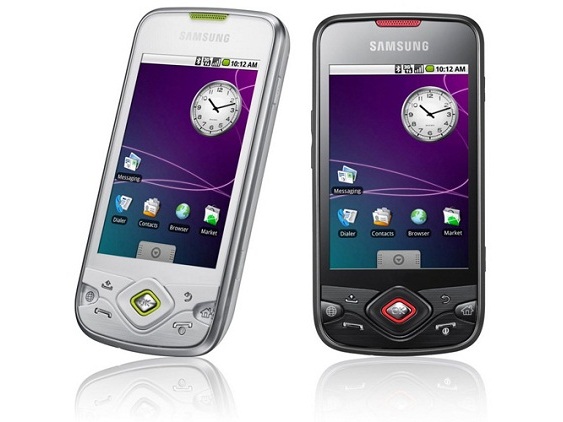Why you can trust TechRadar
There's no flashy TouchWiz (like that used on the Samsung i8910HD) or Sense overlay on the Samsung Galaxy Portal; all you get to manage your calling and contacts business is the standard, barely updated Android default system.
The Android Contacts list is not your boring old list of numbers. Each entry has a separate field for mobile, home and work numbers, plus you can add as many extra fields as you like, if you have very, very well connected friends.
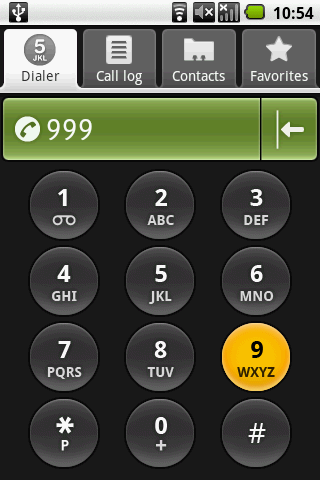
It supports fields for storing instant messaging IDs for your chums as well their postal addresses, and from the Contacts tab you may specify a separate ring tone for each caller if you want advance warning about who it's going to be on the other end.
If you're sociable and have lots of friends, there's a separate Favourites list pulled up from a tab within the Contacts, where you can access the numbers of people you call the most - you can also add people to this by pressing the star next to their name in the main listing.
You also get a call log of all incoming and outgoing calls, for keeping tabs of who the wife's been talking to.
Calling quality was fine, the same as on the HTC Magic or T-Mobile Pulse - not too digitised and more than loud enough.
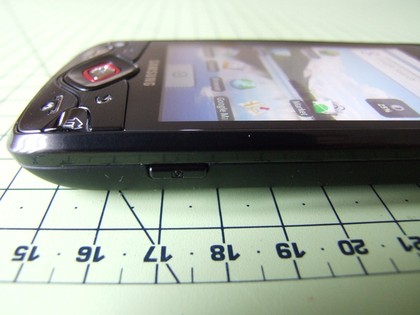
Sending a message brings up Samsung's only software enhancement on the Portal - the Samsung keyboard.
It's basically a slightly larger version of the default Android keyboard, along with a customised dictionary, T9 predictive text options and the option of using a 123/ABC numeric style keypad.
If you're a bit old and still stuck in your T9 ways, it's handy to have your old numeric mobile typing style replicated - but this does run a bit slower than the stock Android keyboard, with the auto-suggest taking a fraction of a second to pop up its possible words.
Elsewhere, it's a standard Android 1.5 phone. Messaging is, therefore, pretty cumbersome. You send text messages by opening up Messaging or picking a name through the phone's Contacts, bumbling through way too many message screens in the process and wondering why texting is suddenly 100 times harder than it was on your old Nokia.
But that's not Samsung's fault. And if you don't like it there are numerous other text interfaces available on the Android Market - you just have to sift through them a bit to find them.
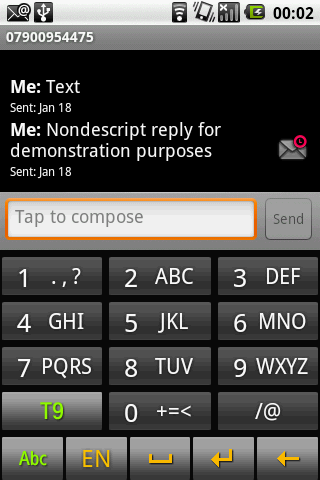
Your Gmail account is handled seamlessly by entering your username and password on startup - the inbox is automatically downloaded and messages update at very frequent intervals (especially if you're one of those popular sorts we hear so much about).
Non-Gmail email is also handled incredibly well. Android's email client supports numerous external providers, and it seamlessly connected to our Hotmail and BT accounts through its own tool in seconds.
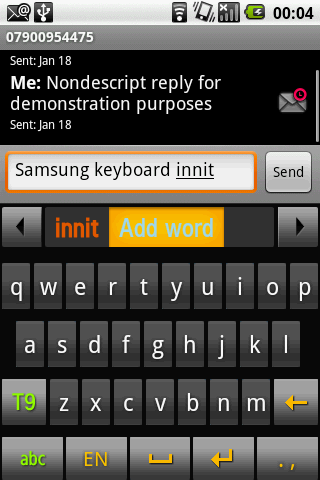
It certainly beats the traditional living hell that is guessing your POP3 settings when setting up email on other gadgets.
And the other bit of good news - when the expected Android 2.1 lands to turn your Samsung Galaxy Portal into the Google super phone you always dreamed of, that will probably come with Exchange functionality as well.
Current page: Samsung Galaxy Portal: Calling and Messaging
Prev Page Samsung Galaxy Portal: Interface Next Page Samsung Galaxy Portal: Internet